Top French Purse Brands: Elegant Icons and Hidden Gems
Top French purse brands are more than fashion. These cultural artefacts represent centuries of savoir-faire and enduring material excellence. Top French purse brands stand out due to the country’s deeply embedded culture of métier d’art—a heritage of artisanal mastery cultivated over centuries. This was shaped by market forces and royal patronage. This legacy endures: today’s top French handbag brands (some of the top luxury brands in the world) and heritage maisons still treat craftsmanship as sacred. Ateliers uphold tradition whilst innovating with restraint. From leatherworking to saddlery, and gilding to hand-stitching, each skill is a legacy in itself, passed down in a lineage of quiet excellence.
In this guide to the best French handbag brands, you’ll discover a curated selection of iconic maisons, and lesser-known French handbag brands. French luxury houses like Celine sit near newer, lesser known French bag brands like Poléne and Leo et Violette, and legacy brands like Fauré Le Page and Moreau Paris. From structured minimalism or legacy canvas prints, these French high-end purse brands embody the highest ideals of luxury.
Polene
Polène emerges as one of the top French purse brands of the modern era. Three Parisian siblings, Mathilde, Antoine, and Marnie Mothay, founded the brand in 2016. A standout amongst newer French bag brands, the label has a cult following online, distinguishing itself through architectural grace and quiet sophistication.
The brand truly masters form. Each Polène bag showcases a sculptural silhouette created through intricate folding techniques and meticulously executed curved seamwork, which are hallmarks of high artisanal standards. Polène sources luxuriously soft yet structured leather from fine Italian tanneries known for their durability and grain quality. Production occurs in Ubrique, Spain, a town revered for its generations of craftsmanship in leather goods.
Architectural lines define Polène’s most recognised models, ‘Numéro Un’ and ‘Numéro Dix’. Minimal branding leaves space for the craftsmanship to speak.
Celine
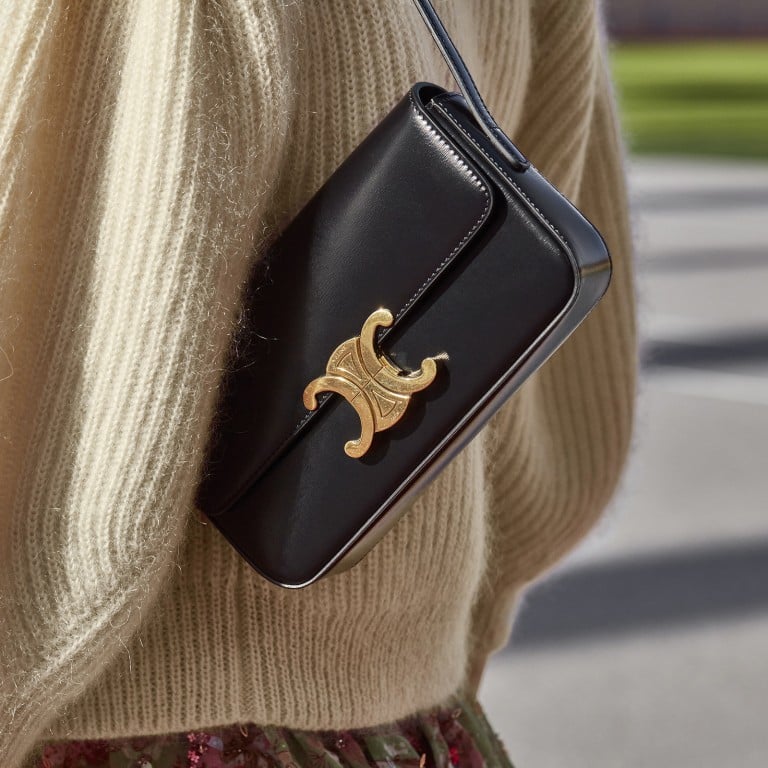
Celine is a pillar of French sophistication. Under Phoebe Philo and now Hedi Slimane, the house is evolving from minimalism to rock-chic tailoring. Yet, the brand always retains a structured elegance in its leather goods.
Celine craft their handbags in Italy and France from high-grade calfskin and lambskin, often with subtle grained textures or smooth matte finishes. The 16 Bag, introduced under Slimane, revives mid-century Parisian elegance. Meanwhile, the Triomphe line incorporates a clasp based on the historic Arc de Triomphe chain.
Celine’s leatherwork features sharp seams and a sculptural stillness. These bags complement women who truly appreciate craftsmanship.
Saint Laurent
Saint Laurent’s sharp silhouettes and rebellious elegance are well known. Though, the brand’s technical precision in its leather goods goes under the radar.
The luxury french house crafts each bag in Italian or French ateliers using full-grain calfskin, known for its supple yet durable quality. The brand often employs box leather, grained leather, and smooth calfskin, each meticulously treated to enhance texture and longevity.
One hallmark of Saint Laurent’s craftsmanship is its flawless edge painting and refined seamwork. The house favours minimalist construction with razor-sharp angles and subtle reinforcements, resulting in bags that hold their architectural shape over time. The stitching, often tone-on-tone thread, impeccably aligns and reinforces structural integrity without distracting from the silhouette.
Its bestselling styles like the Solferino, Sunset, and Sac de Jour are elegant in line, but firm in presence. Price-wise, Saint Laurent positions itself just below the likes of Chanel, yet above entry-luxury brands. Most bags range between €1,800 and €3,200, depending on material and size. For full leather flap bags, Saint Laurent offers impressive quality for a price point more accessible compared to some competitors.
Moynat
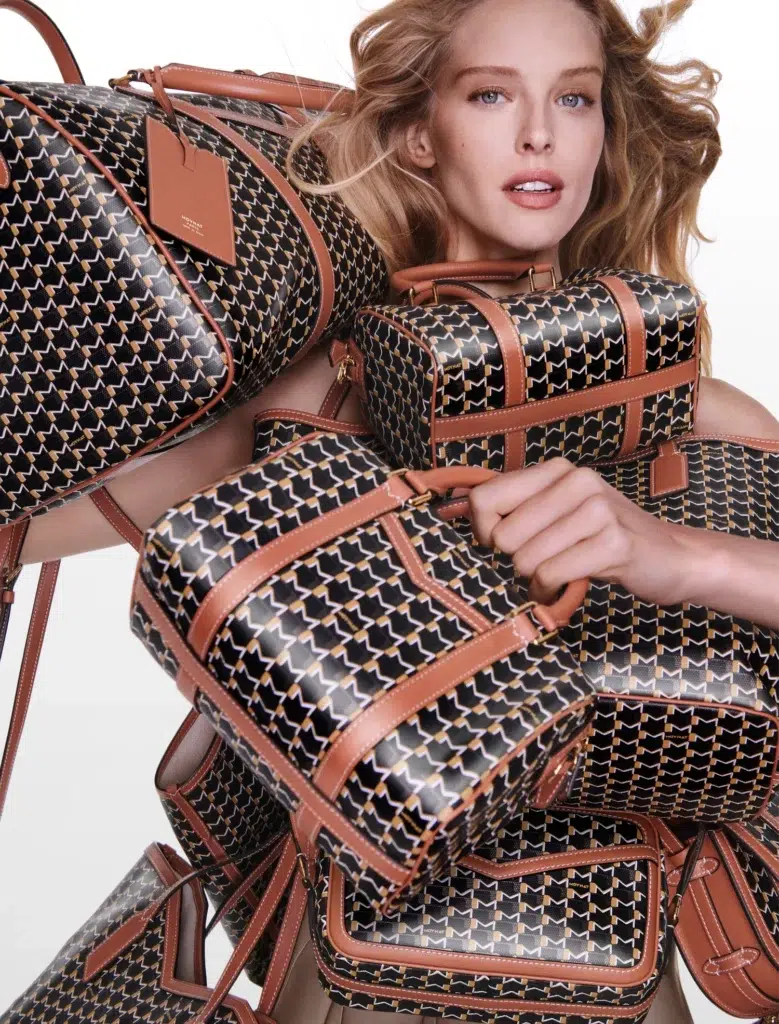
Founded in 1849, Moynat is one of the oldest French high-end purse brands, with a storied history rooted in crafting bespoke trunks for elite travellers. Moynat now crafts exquisite handbags with a discreet sense of luxury. It remains one of the most expensive French purse brands, beloved by those who seek exclusivity over logos.
The brand handcrafts each handbag in its Paris atelier using time-honoured saddle-stitching techniques and the finest full-grain leathers. The house prioritises rare materials and shapes that require precise, traditional handwork. For example, the curved wooden frame of the Réjane bag demands hours of meticulous saddle-stitching and sculpting full-grain leather around a rigid structure – a technique rarely mastered outside of heritage ateliers. For those who value rarity and history, Moynat is a must among French leather purse brands.
Buy Moynat bags in person at their flagship boutique on Rue Saint-Honoré in Paris.
Delvaux Paris
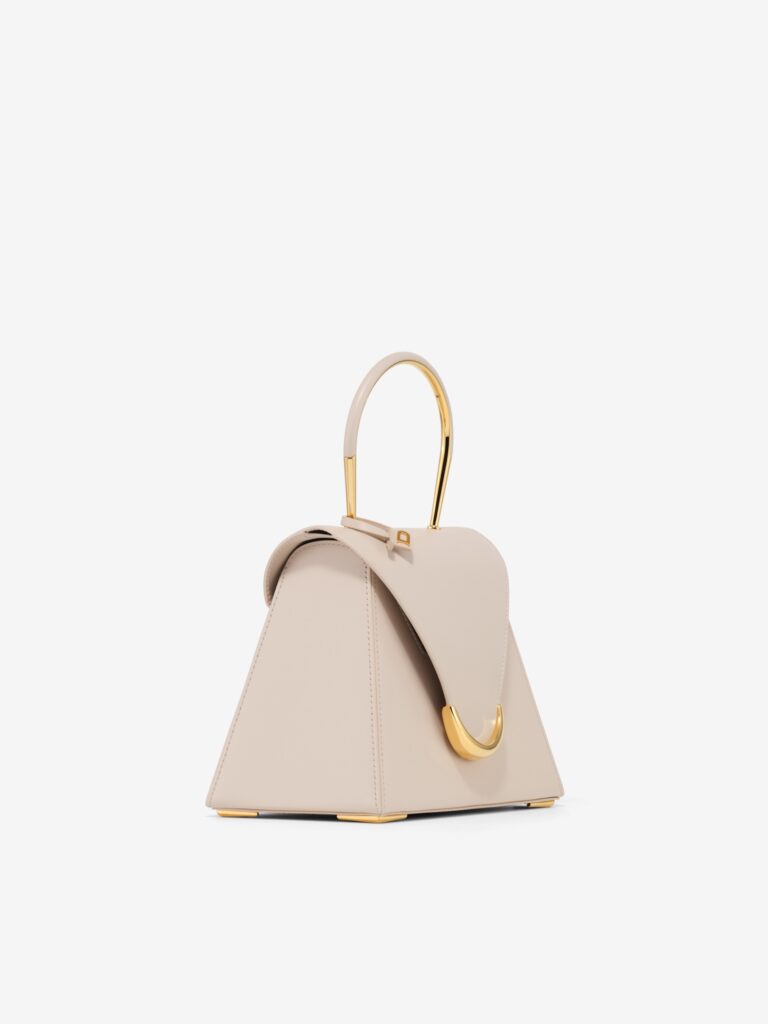
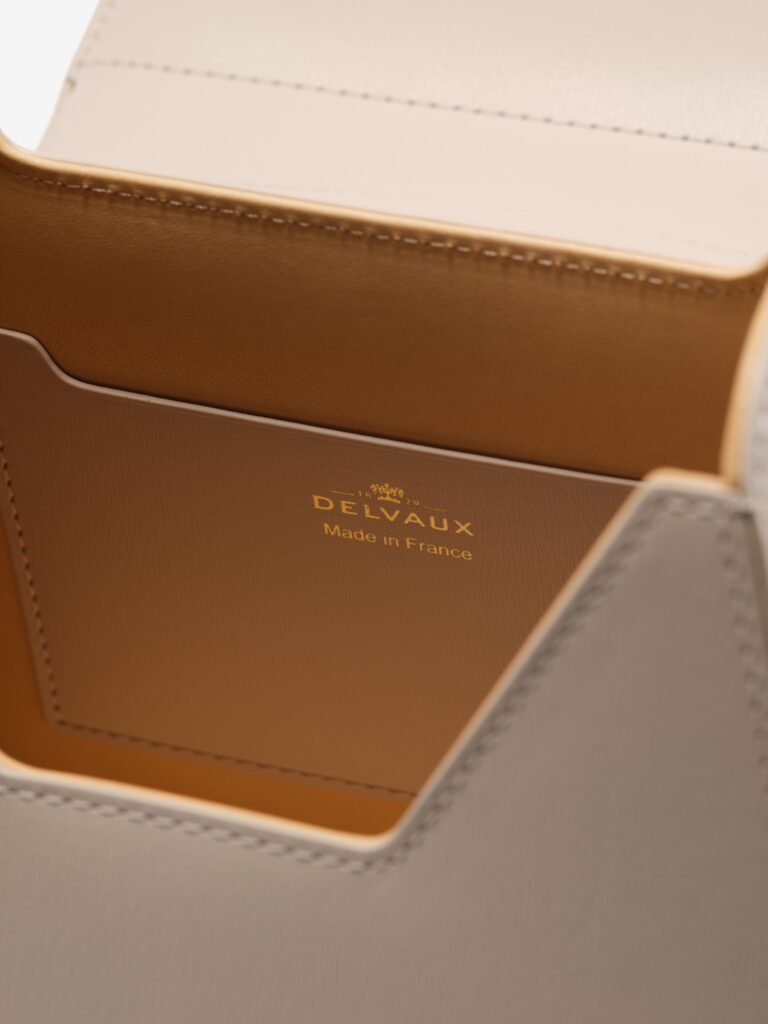
Delvaux is Belgian by birth (est. 1829). Though, its deep connection to Paris, presence in the French fashion scene, and cult following amongst French tastemakers give it a rightful place in this list. Notably, Delvaux is the oldest fine leather goods house in the world, with a patent predating even Hermès.
Delvaux is a master of discreet luxury. The brand crafts its handbags from premium box calf and supple leathers sourced from elite European tanneries. These materials undergo rigorous treatment to maintain their natural grain, ensuring longevity and a soft hand. Each handbag reflects a subtle fusion of regal Belgian heritage and Parisian modernism. The Brillant and Tempête lines stand out with their architectural silhouettes, mirror-polished closures, and unmistakable quiet opulence.
Goyard
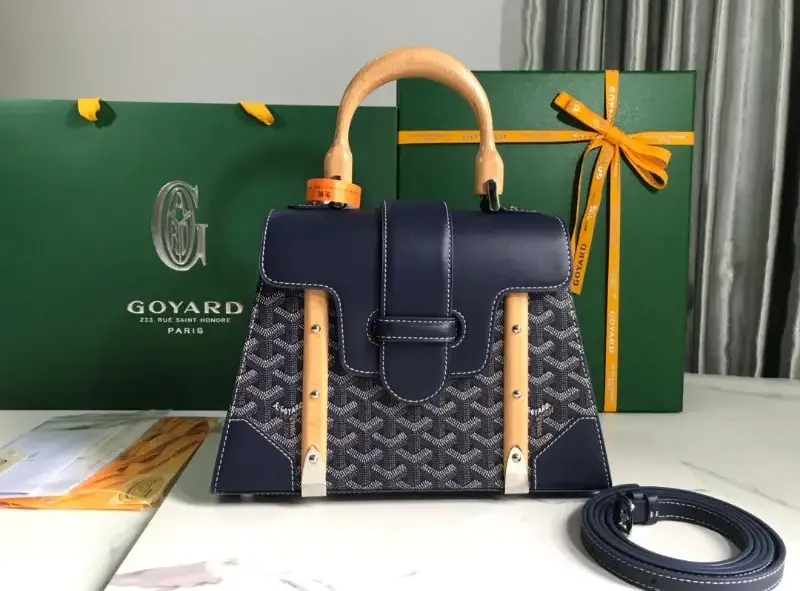
Goyard is one of the oldest and most discreet French luxury bag brands since 1853. Though, its trunk-making roots date back to 1792. Unlike other Parisian handbag makers, it avoids advertising and e-commerce entirely—selling exclusively through its boutiques. Moreover, Goyard bags are handmade in France using techniques passed down through generations. Artisans construct each piece using rigid wooden molds and carefully stitch the bags by hand, ensuring structure and longevity.
Goyard introduced their signature Goyardine canvas in 1892. Goyardine is a lightweight, water-resistant blend of linen and cotton, with a hand-painted chevron pattern inspired by the family’s history as trunk-makers. The brand draws inspiration from its travel heritage, designing bags that balance form and function. Popular styles include the Boheme hobo, the Saigon top-handle with wood-reinforced corners, and the Voltaire tote for everyday use. Interiors are unlined or minimally treated, reflecting Goyard’s belief in authenticity and material integrity. This quiet elegance and utility-focused design have helped the brand maintain its cult status among those who value discretion and savoir-faire over logos. Goyard also offers custom monogramming by hand.
Jacquemus
Whilst best known for runway fashion, Jacquemus has redefined the fashion-forward handbag with structural novelty and exaggerated proportions. Notably, Jacquemus has become a cult name amongst French handbag brands, especially for Gen Z and millennials.
Their purses are bold, geometric, and often micro-sized as one of the most visually recognisable Paris handbag brands today. Bags like the ‘Le Chiquito’ and ‘Le Bambino’ became instantly iconic. Typically, Jacquemus craft their bags from smooth leather with bold architectural lines that are made in Italy but designed in Paris. Expect sharp lines, geometric folds, and vibrant tones.
Ateliers Auguste
For those seeking something quieter, more tailored, and rooted in traditional French design, Ateliers Auguste offers rare appeal. The brand is based in Paris and produces its bags in limited quantities from Venetian workshops. Each Ateliers Auguste piece undergoes over four hours of meticulous craftsmanship. The process stems from leather cutting, slitting, and trimming to careful assembly, stitching, edge dyeing, and hot stamping. As a result, refined creations are born.
Interestingly, Ateliers Auguste uses full-grain vegetable-tanned leathers from Italian tanneries in a wide variety of colours. Also, leather finishes include smooth, grained, embossed or boxed leather. Their partners select hides coming only from the food industry for responsible sourcing. Additionally, their bags develop a unique patina over time. The seams are clean and hand-finished. Ultimately, the brand’s commitment to structured silhouettes, often in briefcase and messenger formats, appeals to the minimalist and modernist alike.
Despite being a lesser known rising French star, Ateliers Auguste stands out amongst French high-end purse brands for its ethical approach, timeless utility, and understated refinement.
Le Tanneur
Le Tanneur is one of France’s oldest leather houses since 1868. The brand maintains a strong manufacturing presence in France and Tunisia. Here, Le Tanneur crafts their bags from supple, full-grain leather. Notably, Le Tannuer patented their ‘sans couture’ technique. The brand developed this construction method in the early 20th century. Specifically, it allows an entire bag to be crafted from a single, folded piece of leather without visible stitching.
Broadly, designs range from heritage styles like the Emile briefcase to sleek modern handbags. The stitching is often contrast-coloured and double-reinforced for durability. Moreover, Le Tanneur finishes its bags with understated hardware and hand-finished edges. Their rigorous quality control and timeless design sensibility have made the brand a quiet staple in French wardrobes.
Le Tanneur is one of the most quietly revered top French leather purse brands that is less trendy, and more perennial. It’s a house that appeals to purists who want longevity over logos.
Fauvette Paris
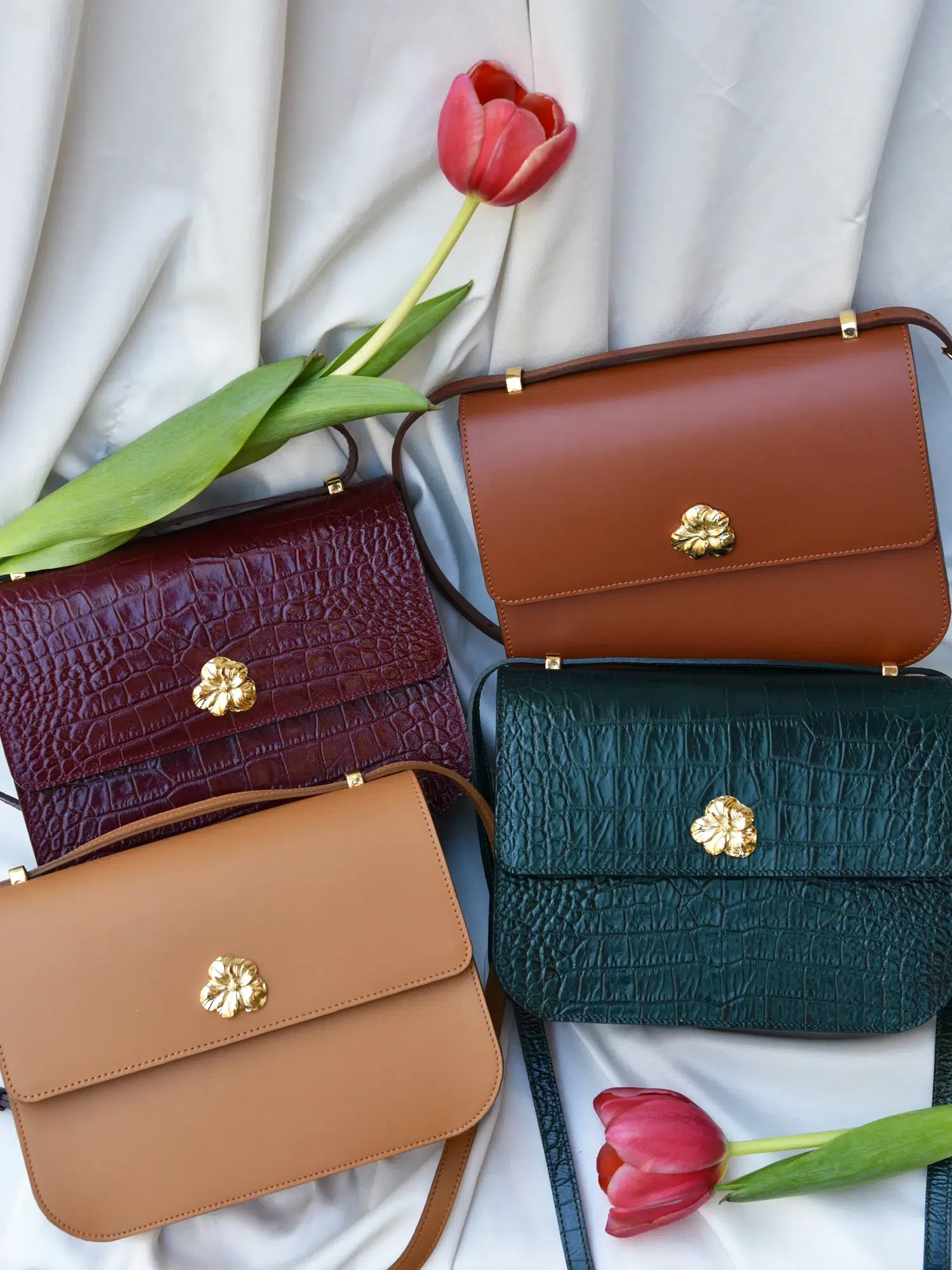
This small atelier is a hidden gem in French craftsmanship. Designer Claire Marnette founded Fauvette Paris in 2013 as the embodiment of slow French luxury. In fact, Claire handcrafts each prototype in her Paris workshop, with production entrusted to a small family atelier in France. With two people running the brand, every detail is carefully considered: nothing is rushed, and quality always comes first.
Fauvette’s handbags feature premium French leather, with each piece sewn entirely by hand using traditional saddle-stitch techniques for durability. Matte gold hardware adds a vintage-modern touch, whilst the naturally grained textures highlight the quiet richness of the materials. Moreover, the designs favour minimal shapes: crescent bags, bucket silhouettes, and flapped shoulder bags with architectural lines.
Their Paris concept store, Passagedore, offers a curated collection of handbags, belts with statement gold hardware, minimalist wallets, and gold jewelry. A visit is a must for bag connoisseurs who value discreet French elegance and understated glamour.
Léo et Violette
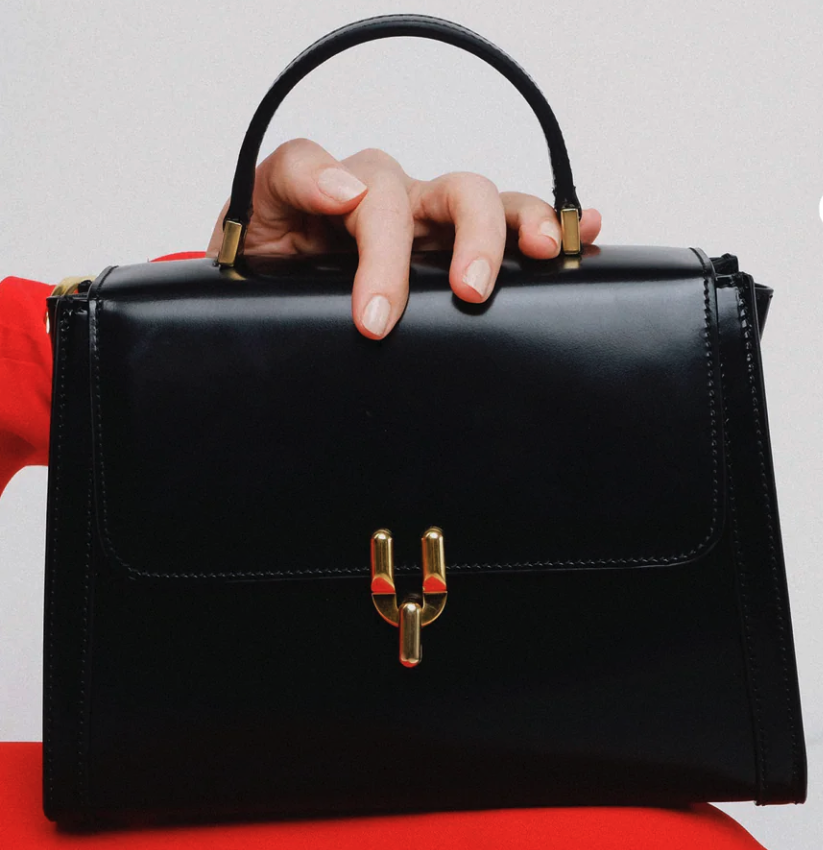
A young Parisian couple founded Léo et Violette in 2013, offering minimalist yet luxurious everyday and occasionwear bags. Each refined piece is designed in Paris and handcrafted in family-run workshops in Naples, Italy.
The brand specialises in sleek, semi-structured silhouettes made from calf leather in grained, smooth, or suede varieties. They showcase a particular focus on clean lines, subtle detailing, and modular features, such as adjustable shoulder straps and multiple compartments.
Their bags embody a quiet kind of luxury that feels personal and considered. I highly regard Léo et Violette as one of my favourite up-and-coming French bag brands, particularly for their impeccable material quality. Their smooth calf leather is one of the most elegant and smooth varieties available. Whilst delicate, it offers a rich, polished finish that is modern and sophisticated.
Prices remain relatively accessible for the level of leatherwork and attention to finish. Léo et Violette is a standout for those who appreciate Parisian elegance without overt logos.
Bleu de Chauffe
Interestingly, Bleu de Chauffe’s brand was named after the indigo jackets once worn by French railway workers. This lesser-known bag brand brings relaxed French craftsmanship and understatement to the world of artisanal leather bags. Namely, 20th-century French workwear inspired their soft, unstructured silhouettes and utilitarian roots. Their messenger bags, tool-style satchels, and minimalist backpacks offer a more casual, everyday feel.
Each piece is handmade in their workshop in Aveyron, southern France. Here, traditional craftsmanship is preserved and elevated to luxury standards. For example, the brand works exclusively with vegetable-tanned leather sourced from European tanneries that use natural extracts like oak and chestnut bark. Hence, this leather not only develops a rich patina over time but also avoids harmful chemicals, hence aligning with Bleu de Chauffe’s strong commitment to sustainability. Additionally, a defining detail is that each bag is individually hand-signed by the artisan who made it.
Givenchy
Couturier Hubert de Givenchy founded the House of Givenchy in 1952. The French luxury house rose to prominence through blending French aristocratic refinement with modern sensuality.
Givenchy crafts their handbags in Italy from exceptionally fine calfskin, goatskin, and embossed exotic leathers. Many of them are sourced from LVMH-owned tanneries that specialise in haute maroquinerie. The sculptural precision of the Antigona and Cut-Out bags exemplifies the brand’s tailored approach to leatherwork. Specifically, the sharp folds, polished hardware, and structural integrity mirrors couture tailoring.
Givenchy stands out in the luxury leather goods market for its mixture of clean silhouettes and avant-garde flourishes shown in monochrome palettes or deep jewel tones. Compared to other French maisons, Givenchy’s pricing sits in the upper-luxury tier, often between €1,500–€3,000. Limited editions and crocodile-embossed pieces command higher prices.
Moreau Paris
One of the oldest French leather goods houses, Moreau Paris traces its origins to the 19th century. In 1882, the top French brand supplied bespoke trunks to European aristocracy and jet-set travellers. Revived in 2011, Moreau Paris maintains its original dedication to precision, durability, and artisanal savoir-faire, offering leather goods that feel both historic and quietly modern.
Notably, Moreau Paris craft their the bags entirely in France. They display exceptional attention to interior finishing, stitching, and hardware alignment. Additionally, leather used ranges from natural vegetable-tanned leathers to smooth taurillon hides. Interestingly, the brand often leaves their leather unlined to emphasise purity of material. Moreover, Moreau’s signature is its hand-dyed, hand-perforated leather monogram canvas. They create their canvas through a proprietary technique that allows the material to retain a subtle suppleness while showcasing intricate lattice patterns, as shown in their Steamer tote classic travel bag.
The brand is often positioned alongside Goyard and Moynat. As a heritage luxury house, Moreau is less widely known, yet fiercely respected by connoisseurs.
Fauré Le Page
Louis Pigny founded Fauré Le Page in 1716 as a royal arquebusier, or firearms maker. The house quickly became a cornerstone of French craftsmanship, supplying the royal court of Louis XV and Louis XVI, Napoleon, and even the revolutionaries of 1789 and 1830. In its early years, the Maison specialised in leather gun holsters and ceremonial sword cases. Over time, it transformed this technical mastery into the world of fine leather goods, preserving centuries-old artisanal techniques.
Today, Fauré Le Page stands as one of the top French purse brands since its revival in 2011, blending heritage with refined modernity. Every piece is handcrafted in Paris, mainly at the brand’s atelier on 21 Rue Cambon. Their signature material—a scale jacquard canvas—takes inspiration from fish scales. Woven in Italy over two years, it features 23,000 stitches per square centimeter, offering both resilience and elegance.
This unique canvas is paired with hand-painted, full-grain leather. The leather comes from prestigious French and Italian tanneries known for their superior quality and finish. Fauré Le Page also forges its custom hardware in-house, using forms inspired by Arabic ornamental motifs and medieval chain mail.
These bags are somewhat competitively priced compared to Goyard or Moynat. Though, they are often noted for offering exceptional durability at a slightly lower price point.
FAQs
Top French purse brands are known for exceptional craftsmanship, noble materials, and design codes shaped by centuries of artisanal heritage. By the 17th century, Paris had become France’s commercial and cultural heart, where royal patronage and powerful guilds fostered a refined leather-working tradition. This centralisation gave rise to luxury ateliers whose methods endure today. Modern French handbags—from heritage houses like Goyard to newer labels—carry this lineage forward through precise construction, elegant restraint, and a devotion to artistry.
Yes. Iconic French luxury bag brands such as Goyard, Moynat, and Celine invest heavily in craftsmanship. They use time-honoured techniques and quality materials like vegetable-tanned leathers, hand-painted canvas, and custom hardware. Many produce in limited runs and avoid mass advertising, which enhances exclusivity and long-term value.
You can purchase authentic French handbags in person at flagship boutiques in Paris or major global cities. Online, shop directly through official brand websites or reputable luxury retailers such as 24S, Le Bon Marché, or SSENSE.
Parisian purse brands are distinguished by their effortless blend of tradition and style. French bags tend to favour minimalist silhouettes, architectural lines, and a quiet sense of luxury. Ateliers in France, especially in Paris and the Loire Valley, often maintain in-house prototyping, allowing them to treat bag-making as a form of haute construction. From the structured elegance of Moynat’s Limousine bag, to the slouchy refinement of Polène’s Numéro Un, these designs reflect Parisian flair: chic, intellectual, and never overstated.
Yes. Up-and-coming French bag brands like Atelier Auguste, Léo et Violette, Polène, and Le Tanneur offer timeless designs, quality leather, and artisanal techniques. They are often made in France or nearby workshops in Italy or Spain without exceeding the $1000 mark, representing fantastic value for money.
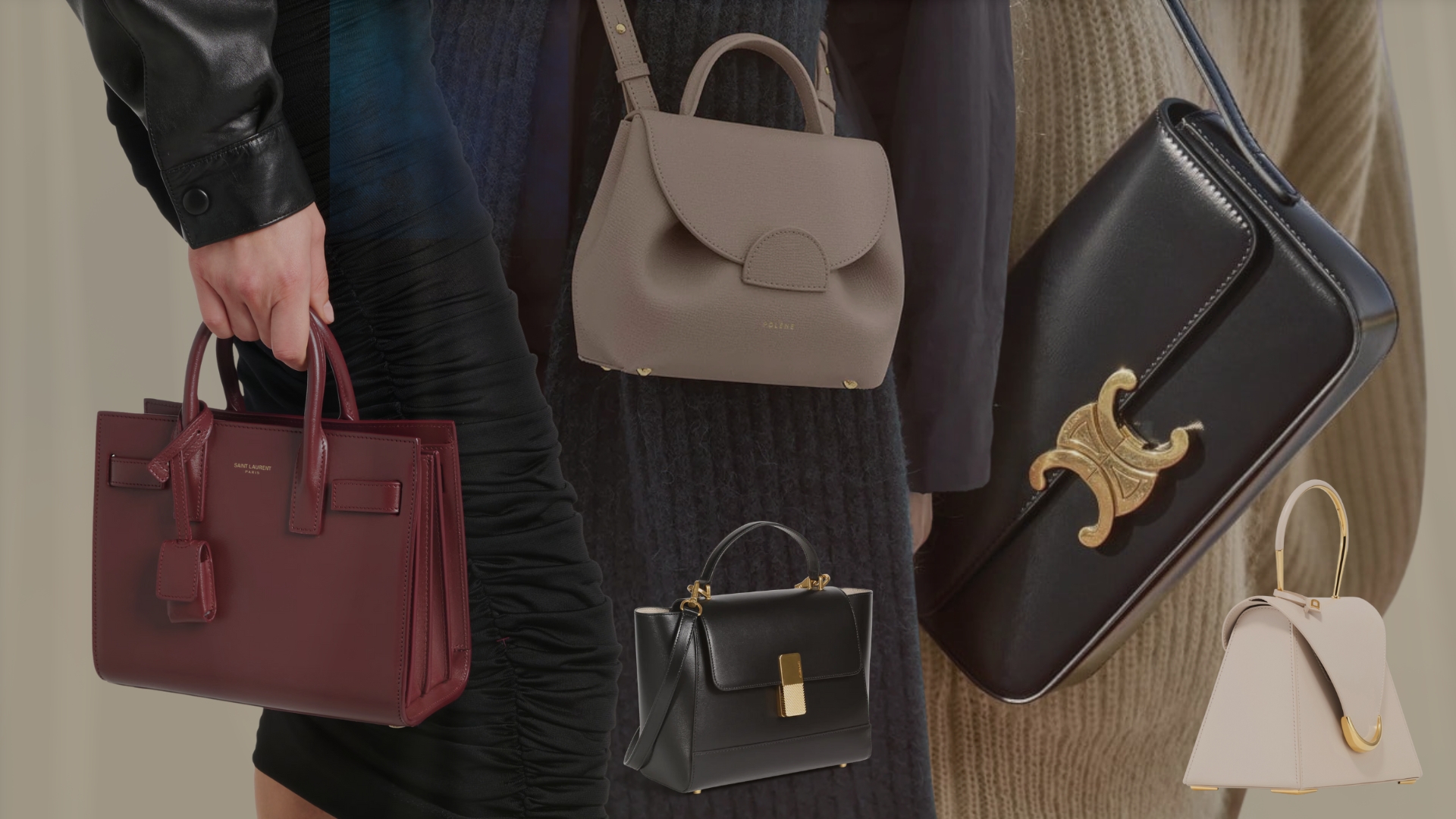

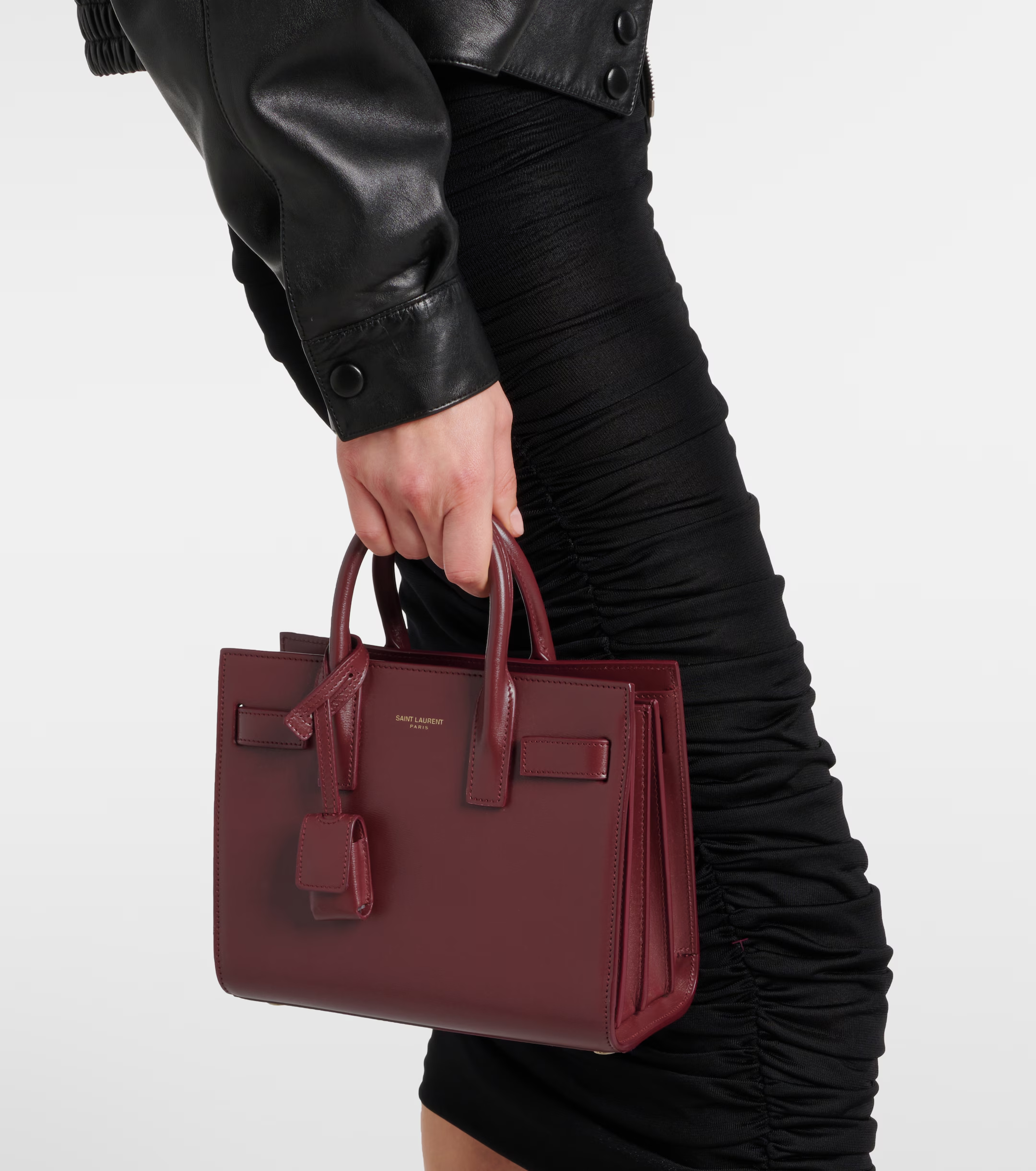
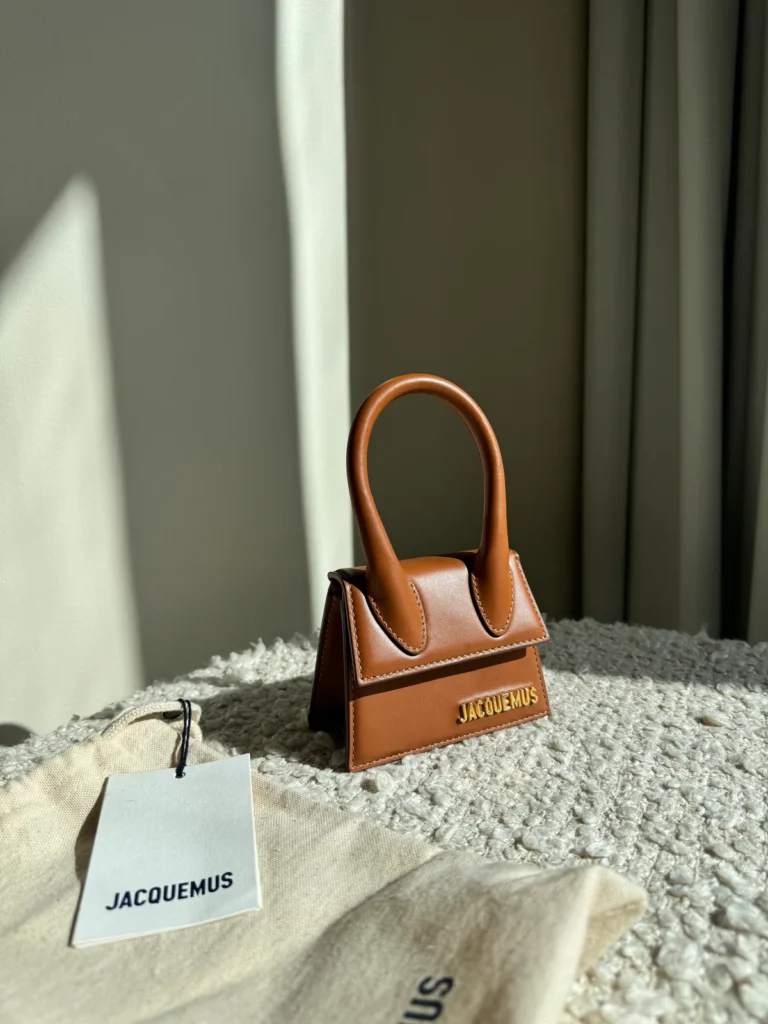
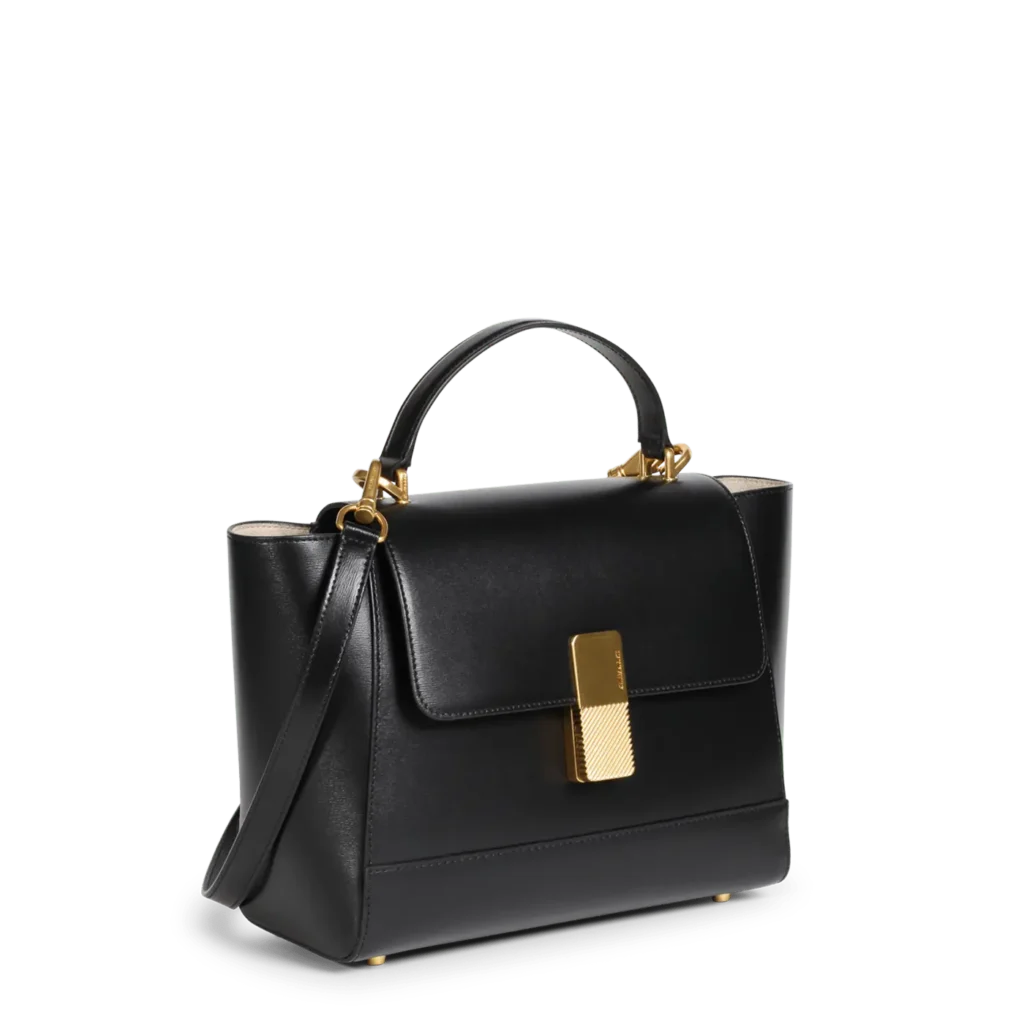
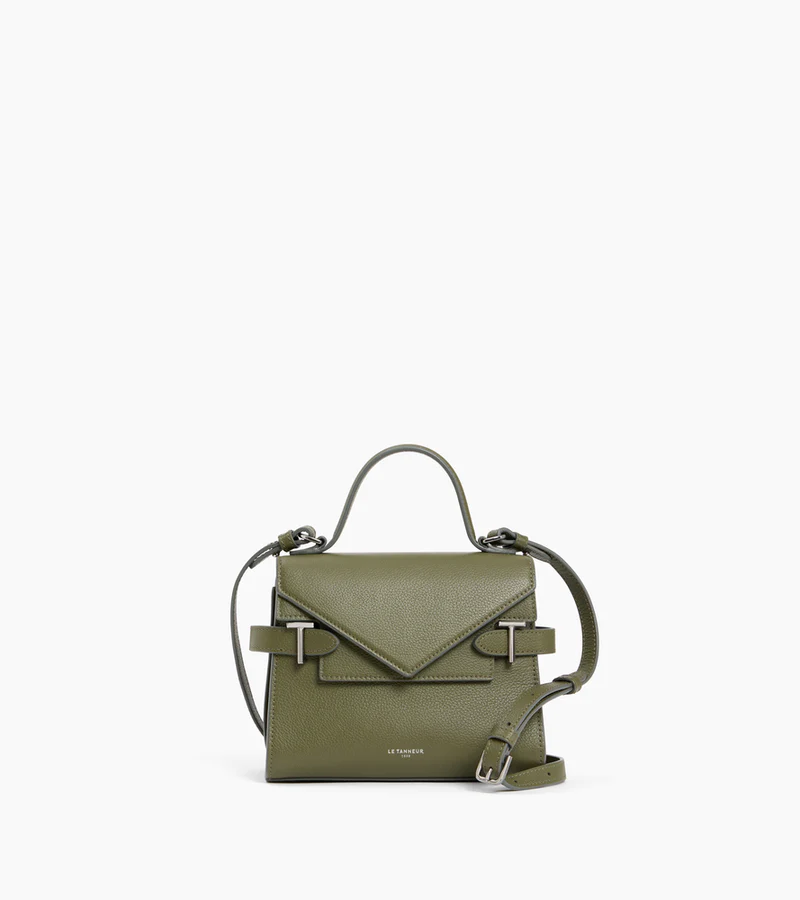
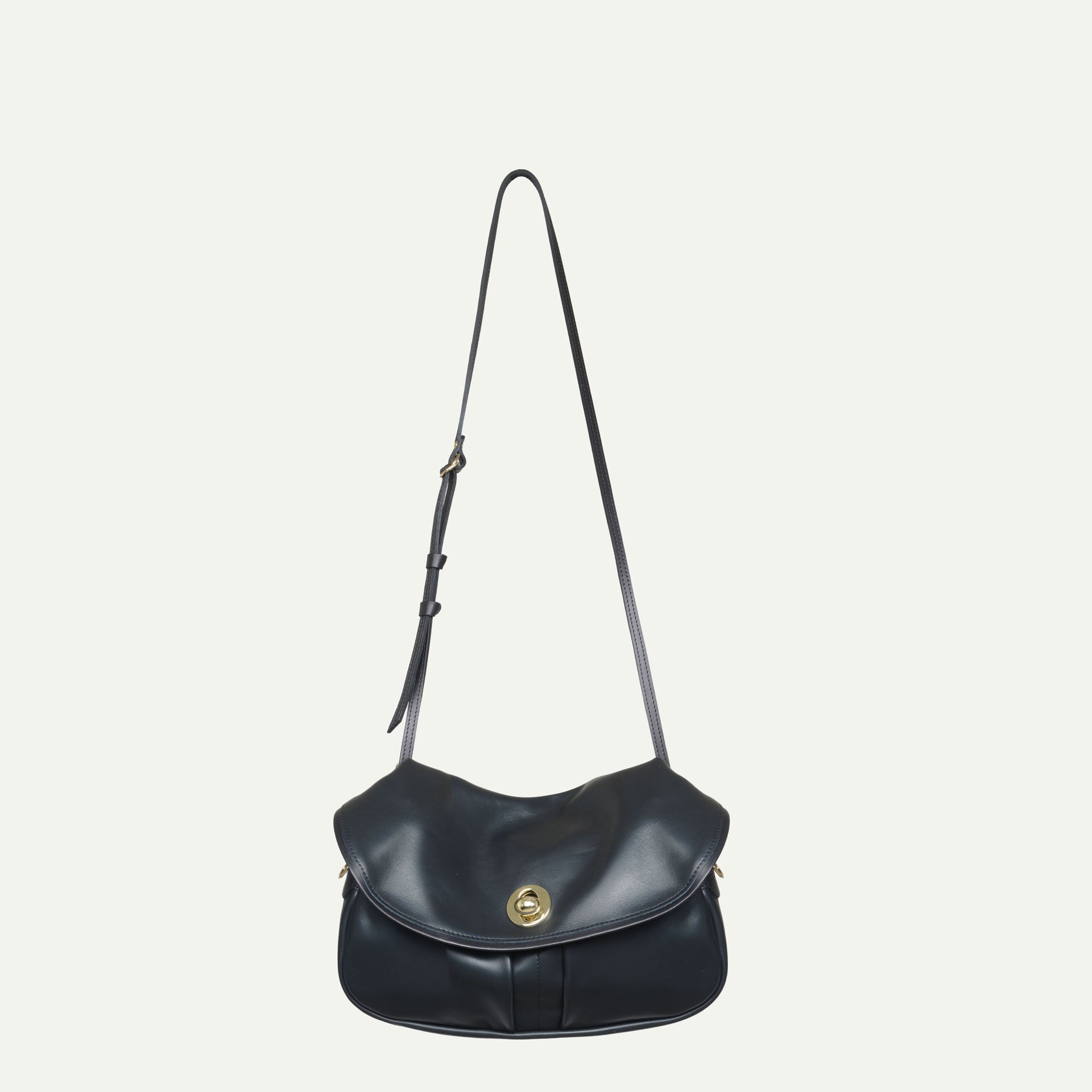
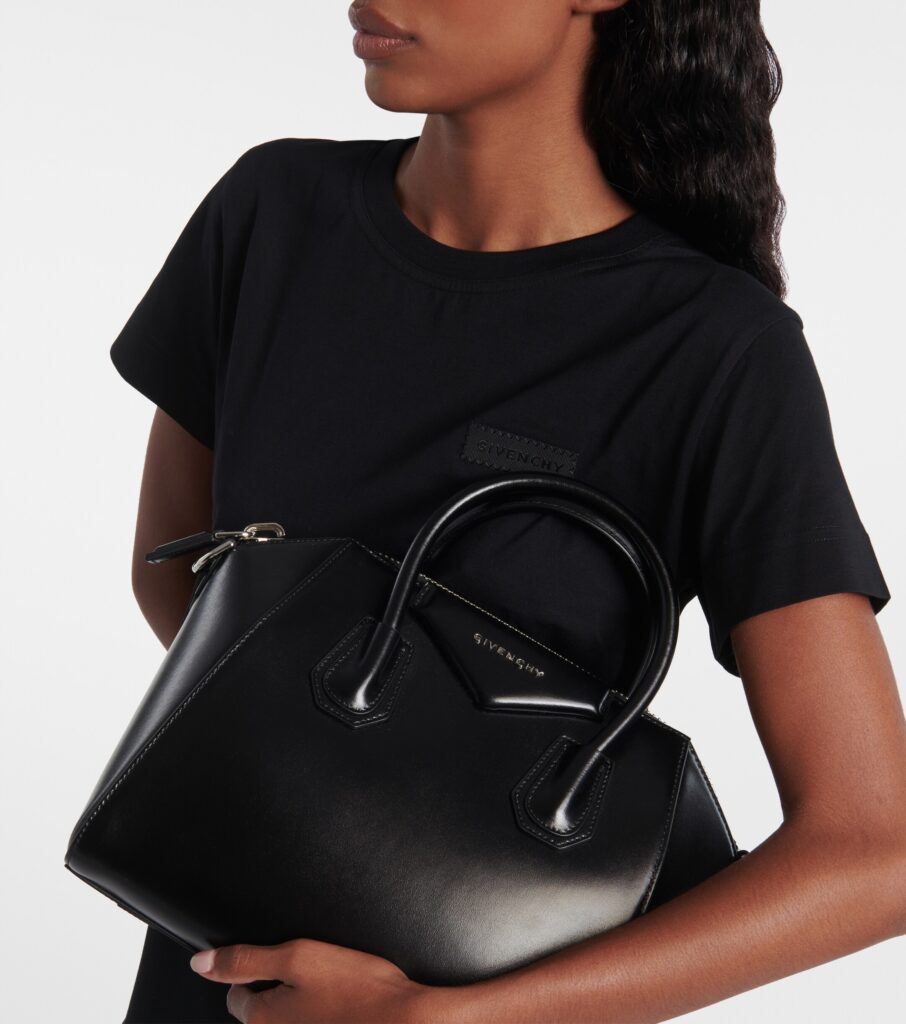
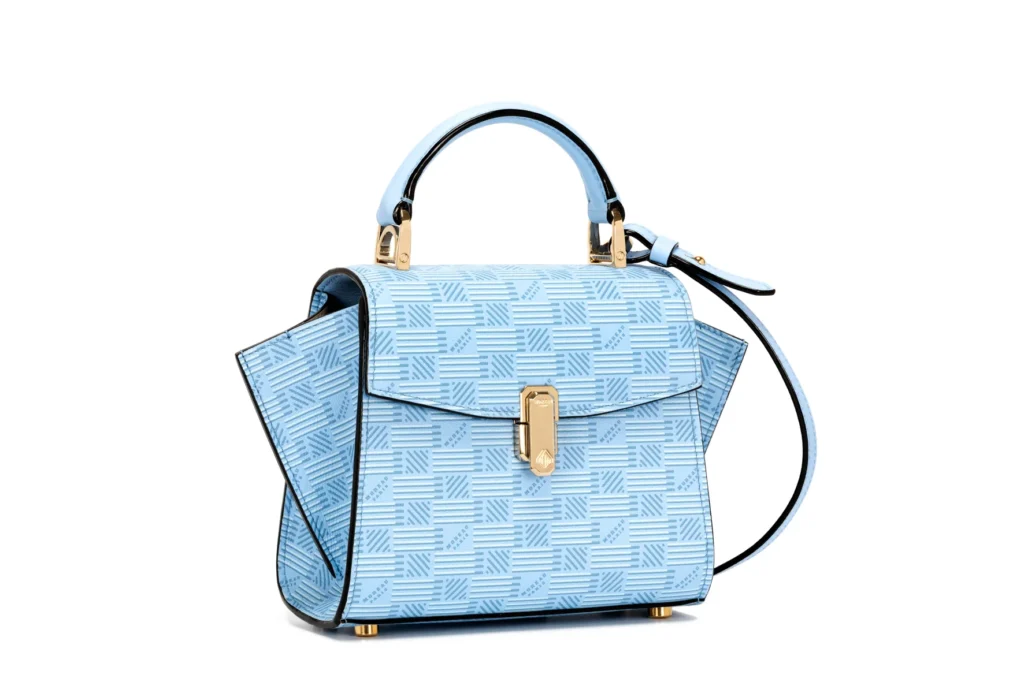
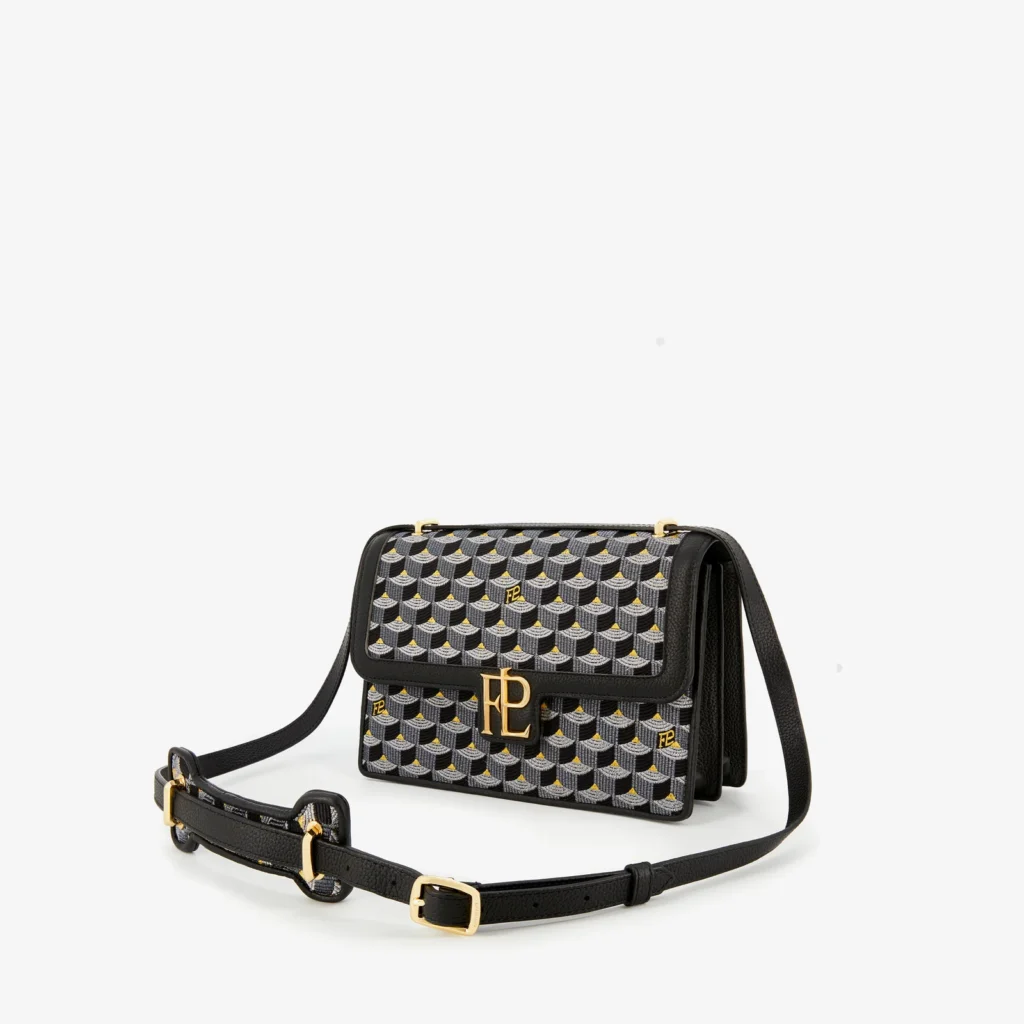
Leave A Comment